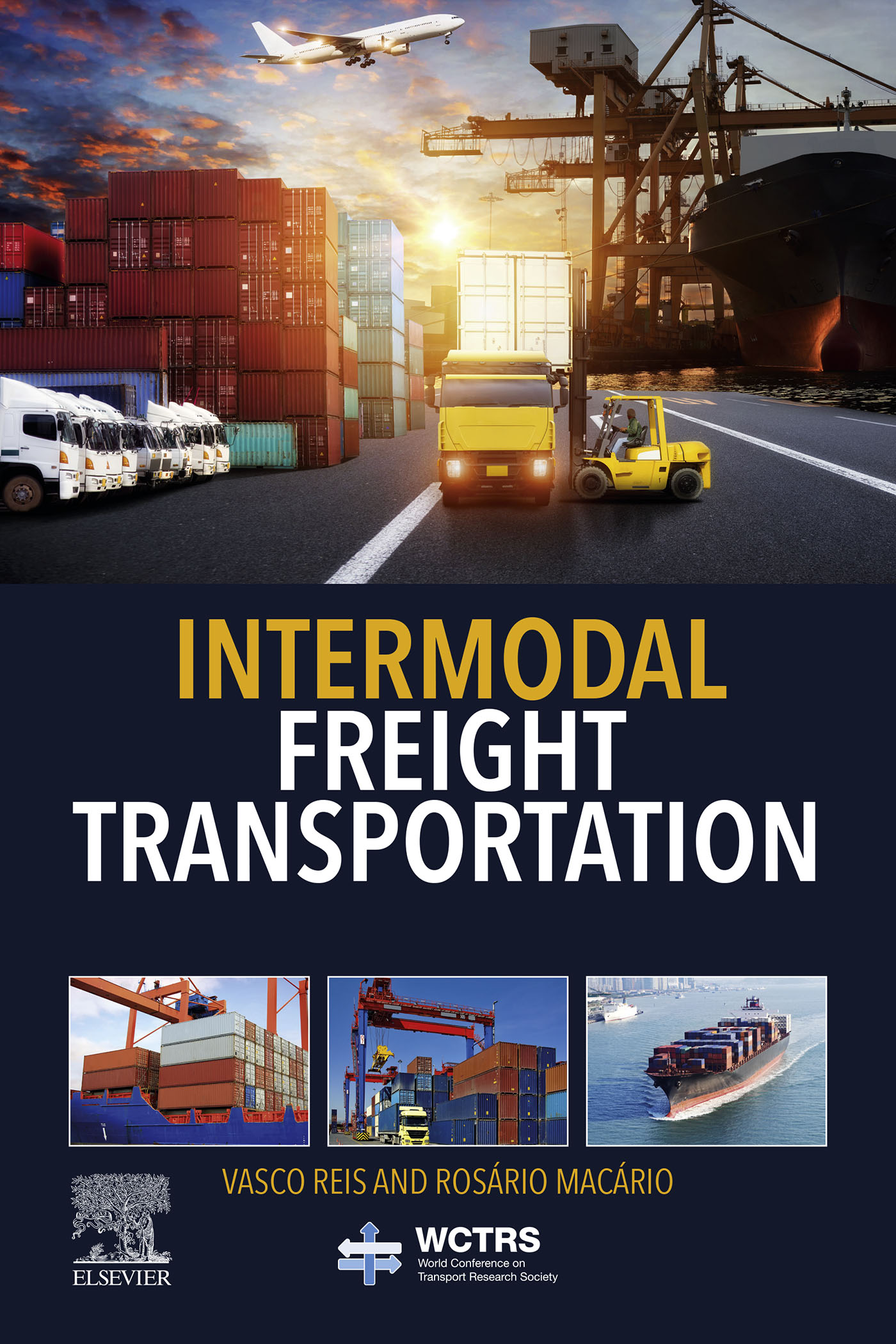- 中图分类号: U1
- 语种: ENG
- 出版信息: Elsevier Science_RM 2019 258页
- EISBN: 9780128144657
- PISBN-P: 9780128144640
- 原文访问地址:
KG评星
知识图谱评星,是一种基于用户使用的评价体系,综合图书的评论数量、引文数量、Amazon评分以及图谱网络中节点的PageRank值(即考虑相邻节点数量和重要性)等多种因素计算而得出的评价数值。星级越高,推荐值越高。CAT核心级
核心学术资源(CAR)项目作为教图公司推出的一项知识型服务,旨在打造一套科学、有效的图书评价体系,并协助用户制定相应的馆藏建设方案。CAR项目调查和分析12所世界一流大学的藏书数据,以收藏学校的数量确定书目的核心级,核心级越高,代表书目的馆藏价值越高。选取核心级在三级以上,即三校以上共藏的图书作为核心书目(CAT)。Intermodal Freight Transportation conceptualizes intermodal transport as a set of physical, logical, financial and contractual flows, examining the barriers that impact intermodal freight services and the resulting performance variables. The book covers transport modes, agents, supply and demand patterns, key drivers, trends influencing the freight transportation sector, the evolution of supply and logistics chains, and the impacts of technological advancements, such as autonomous vehicles and e-commerce. In addition, the book covers transport agents, such as shippers, freight forwarders, integrators, and customs, as well as the demand for freight transport services and the key properties of goods. Readers will find a variety of new tools for analyzing and building effective transport chains that addresses component technology, information, responsibility, and financing dimension, along with sections on key organizational, regulatory, infrastructure and technological barriers. The book concludes with a look into the future of the freight transport sector. Presents a step-by-step approach that introduces key topics for understanding efficient intermodal transportationFocuses on the concept of fitness between the modes of transport profilesContains numerous, real-world case studies throughoutExamines performance metrics







 京公网安备 11010602104826号
京公网安备 11010602104826号
